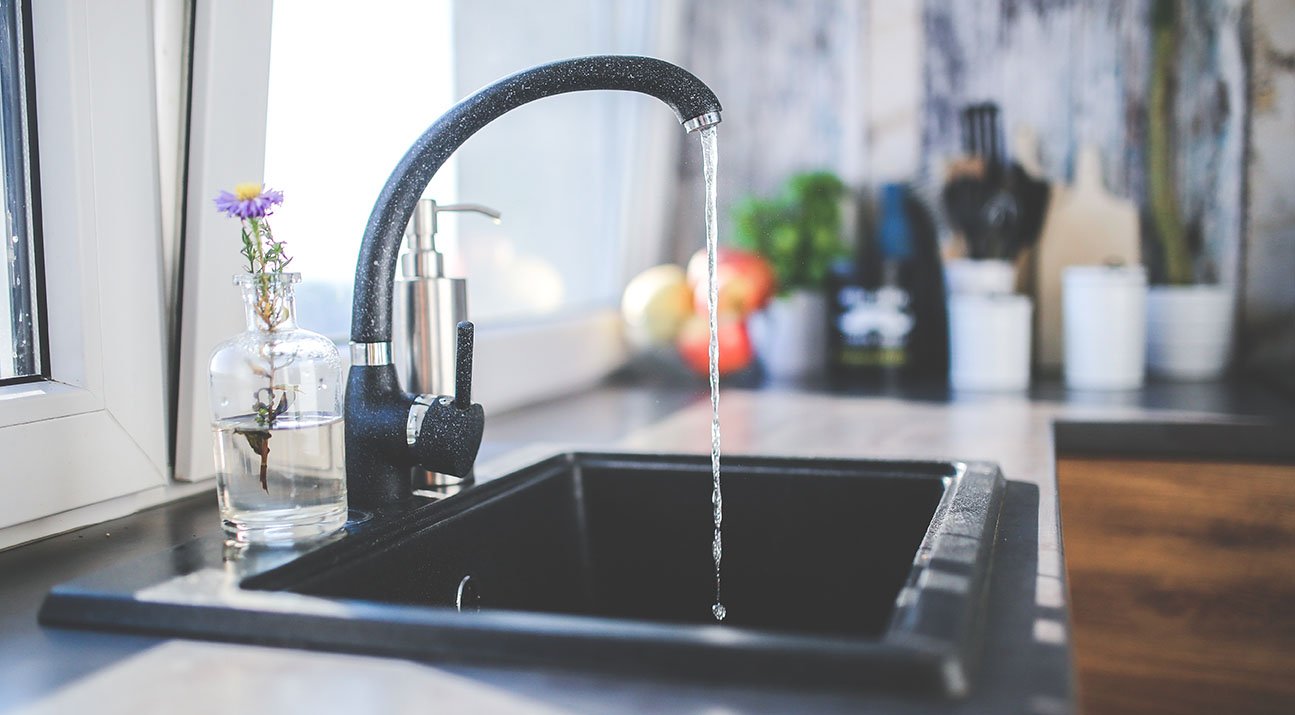How to regulate and maintain constant pressure and flow in the hydraulic system.
It is good that a hydraulic system maintains a suitable and constant pressure, but this is not always easy to achieve and there can be many reasons for this.
- The ideal plumbing pressure in a home is between 1.5 and 3 bar
- Too low pressure reduces living comfort
- Too high pressure damages the system
- Additional pumps regulated by pressure switches and pressure reducers help us to keep the system pressure constant
The right hydraulic system pressure.
Let's start with physics. There are two basic parameters to take into account when we talk about plumbing: FLOW RATE and PRESSURE. Flow rate measures the amount of water flowing through a pipe per second, pressure indicates the force with which it flows. It is easy at this point to turn to our everyday life and imagine the consequences of varying these parameters: too little pressure means too little water flowing out of the point of delivery, e.g. from the tap of our sink or shower.
Similarly, too high pressure is also a source of problems, causing damage to the system and connected appliances. The control and regulation of pressure is a fundamental aspect in the construction and maintenance of plumbing systems. It is clear that correct system pressure conditions living comfort, ensuring the necessary water supply and that constant pressure is a litmus test of the health of our system.
The water supplied by the aqueduct arrives in our homes under pressure, and the IDEAL VALUES within which the pressure should lie are between 1.5 and 3 bar. With this kind of pressure, the needs of the users are ensured, the pipes are safeguarded and the proper functioning of the connected equipment is guaranteed.
If the system pressure is too low.
There are several reasons for low water pressure. Under normal conditions of supply by the waterworks, the causes of low water pressure can be found in HYDRAULIC PROBLEMS ranging from pipe fouling to leaks to a broken mixing tap.
However, it is particularly interesting to consider the PHYSIOLOGICAL CAUSES of a drop in pressure. Finding oneself with a small amount of water coming out of the tap can easily happen in flats on high floors, especially at peak times, but also in houses on several levels or situated at a higher level than the point of withdrawal from the acqueduct.
Pressure control: the importance of the pressure switch.
In such cases, help is needed to increase the pressure through the use of additional electric pumps. An essential device comes into play to ensure the right pressure in the system. This is the pressure switch, an electronic device capable of ensuring a constant pressure. Pressure switches work with flow and pressure sensors and can be assimilated to intelligent switches on the electric pumps on which they are installed. The opening of utilities causes the pressure in the system to drop and when it reaches the restart value, the pressure switch automatically starts the pump and keeps it switched on as long as there is water flow. When the device senses that there is no more water flow because the utilities are closed, it stops the pump. Moreover, due to its ability to detect a lack of water, the pressure switch is important in protecting pumps from running dry.If the system pressure is too high.
We have already mentioned how too high pressure can cause damage to pipes and appliances. It can happen that the water supply system delivers water at a higher than ideal pressure or that strong fluctuations occur. To remedy these problems, a pressure reducer should be used.
How a water pressure reducer works and how it is adjusted.
Diaphragm pressure reducers operate by means of an elastic diaphragm which actuates the movement of the shutter based on the balance of two forces: the pressure of the water in the pipe downstream of the reducer and the thrust of a spring loaded according to the operating pressure to be maintained.The pressure reducer must be installed at the point where the water enters the system downstream of the meter. Installation is facilitated by the threaded connections, while the arrow on the device indicates the direction of installation. It is a good idea to provide a filter upstream of the shutter and a shut-off valve upstream and downstream to facilitate maintenance.
Pressure reducers are usually marketed already calibrated for an ideal operating pressure, but it is still possible to intervene manually to adjust the spring compression. You unscrew the locking ring and then turn clockwise to increase the pressure, while turning counterclockwise to decrease it. A manometer attached to the pressure reducer allows the pressure variation to be monitored.
Pressure reducers play an important role in the hydraulic system. They help control the PHENOMENON OF CAVITATION, i.e. the formation of vapour bubbles within the circuit that cause noise, damage components and jeopardise the efficiency of the system. Pressure peaks are linked to the dreaded WATER HAMMER, a frequent cause of broken pipes and valves. The higher the water pressure, the greater the damage caused by backflow inside the pipes, for example in the event of a valve suddenly closing. Finally, the use of a pressure reducer helps to reduce consumption, with economic and environmental benefits.


























